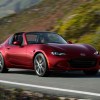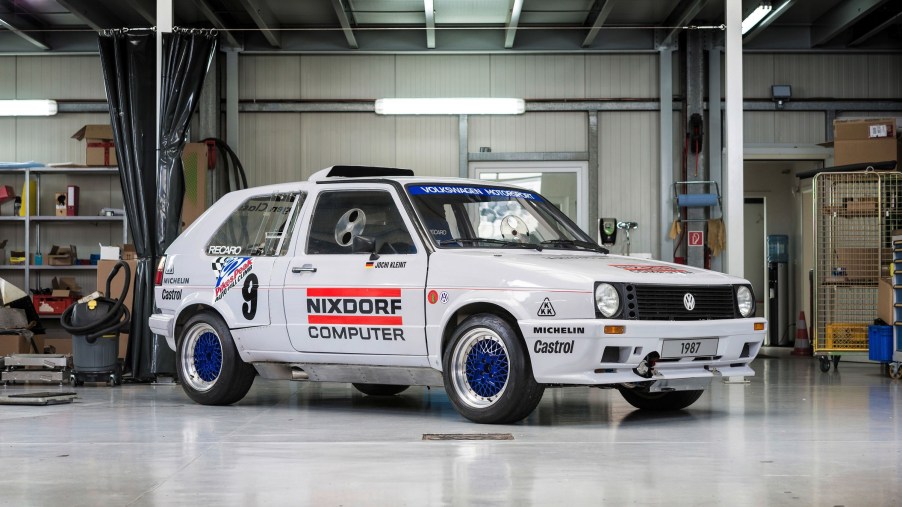
This Volkswagen Golf Pikes Peak Race Car Has Two Engines
Although postponed for 2020, the Pikes Peak International Hill Climb has nevertheless seen its fair share of incredible entries. For example, Ken Block built a 1400-hp AWD 1965 Mustang for the 2017 race. The original Audi Quattro raced there, as well, and in 2019, a Bentley Continental GT set a new production car record. Both companies, interestingly, are owned by Volkswagen, which has also raced cars at Pikes Peak. And long before the record-setting electric ID.R race car, there was the twin-engine Volkswagen Golf.
The history of the twin-engine Volkswagen Golf
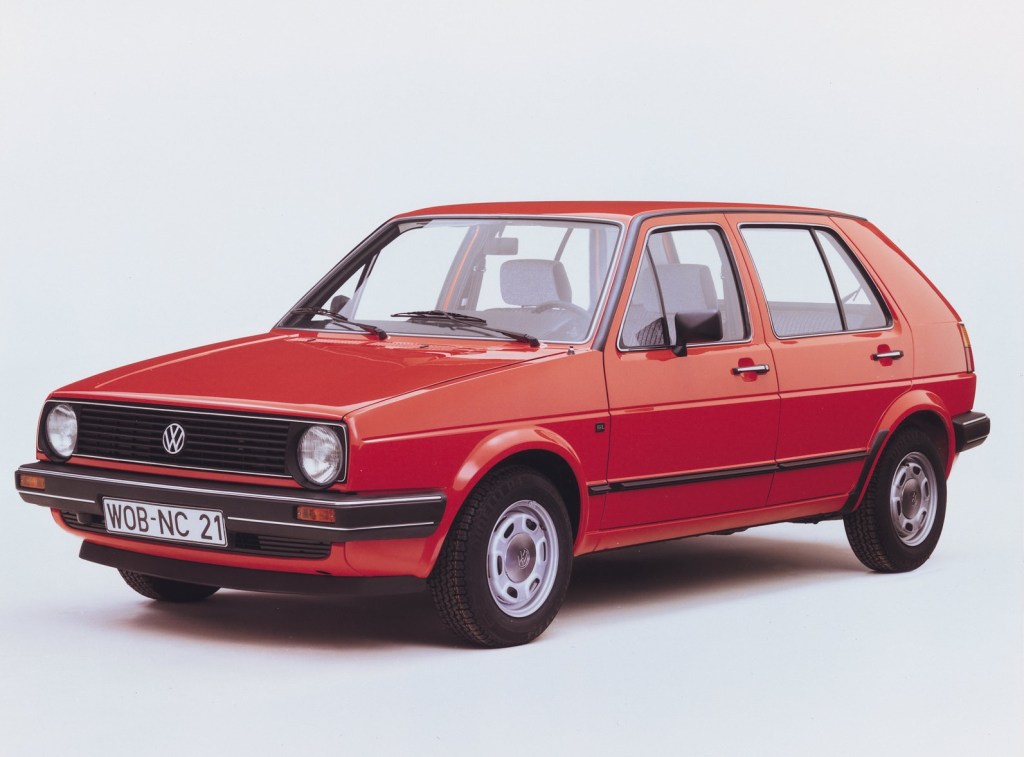
When the 2nd-gen Volkswagen Golf debuted in 1983, Petrolicious reports, the German automaker wanted to impress US customers with the hatchback’s capabilities. To do so, VW decided to enter the Golf in the Pikes Peak International Hill Climb. And, because the Pikes Peak race’s rules were looser than in rallying, the engineers and designers could experiment with some unusual ideas.
Thus, in 1985, Volkswagen showed up at Pikes Peak with a Golf that had 2 1.8-liter four-cylinder engines. One powered the front wheels, and one powered the rear wheels. However, even with the added power, Road & Track reports the engines still struggled on the mountain climb. With rising altitude comes less oxygen, which means naturally-aspirated engines make less power. Nevertheless, the twin-engine Volkswagen Golf was able to snag 3rd place.
VW tried again the following year, giving the Golf 2 turbocharged 1.3-liter four-cylinder engines, giving the hatchback roughly 500 hp. But, due to electrical issues, the car actually finished the climb slower than it had in 1985, coming in 4th place. So, for the 1987 race, Volkswagen decided to go all out.
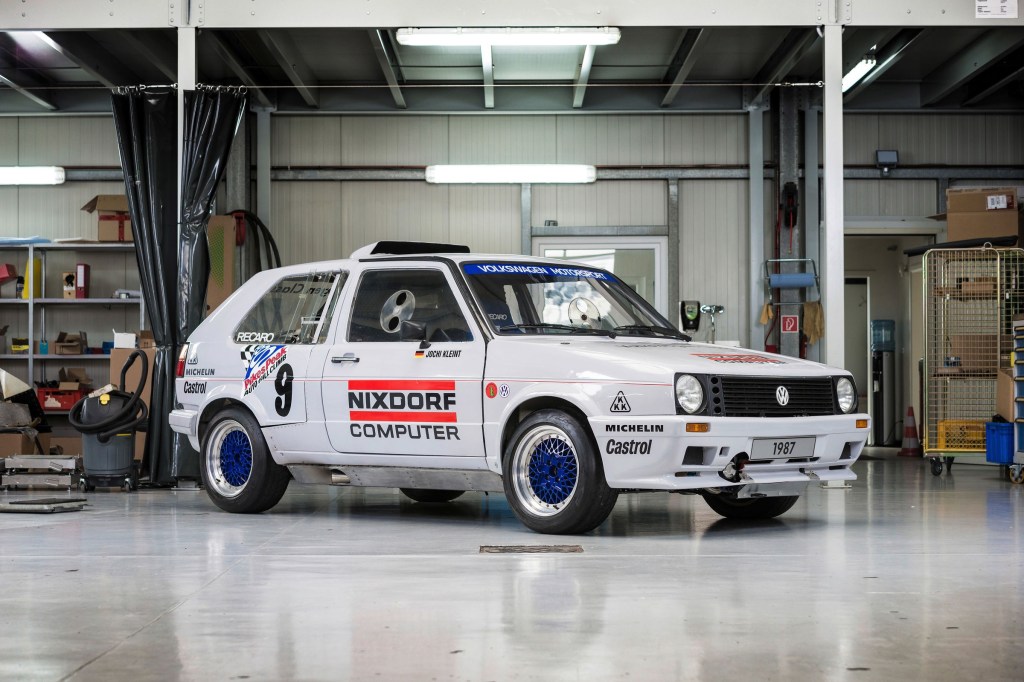
As Lancia did with the Delta S4, the twin-engine 1987 Volkswagen Golf was a Golf basically in name only. Underneath the 2,249-lb fiberglass and Kevlar body are a custom space-frame chassis, Formula 3-style suspension, and 2 transmissions linked to a single gear stick, Motor1 reports. And powering it were 2 turbocharged 1.8-liter four-cylinder engines and put out roughly 650 hp, The Drive reports.
How did it fare in racing?
Unfortunately, the 1987 car wasn’t actually very successful. Roughly ¼-mile from the end of the 156-turn, 12.4-mile climb, a suspension ball joint failed. After that, VW basically put the car into storage. The 1986 car had already been sold to a private collector by that point.
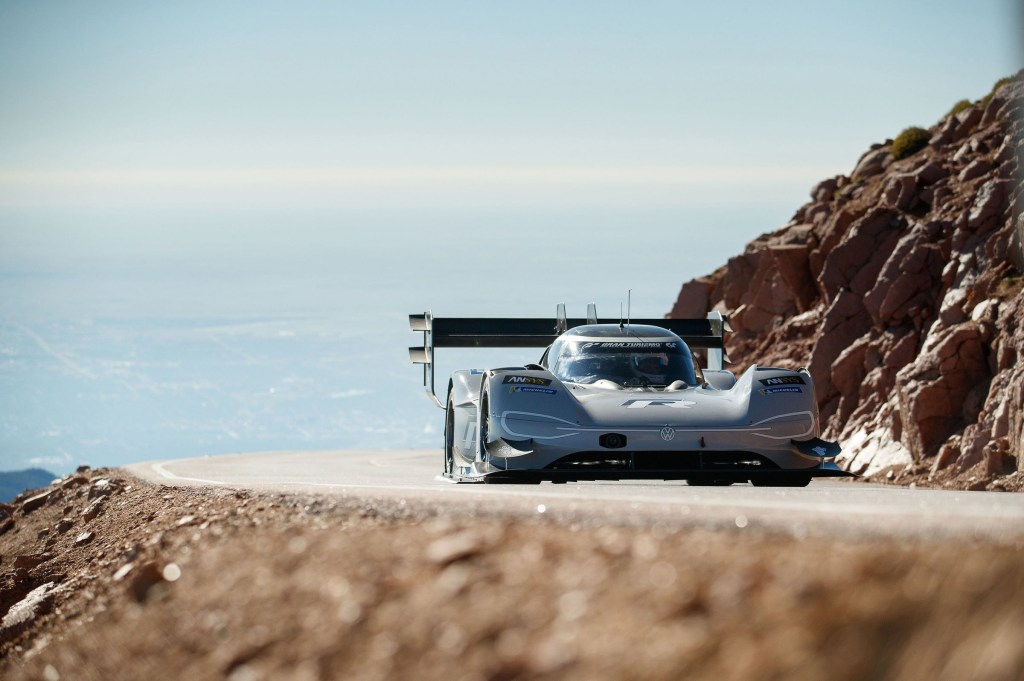
Then, in 2018, the company decided to restore the 1987 car, in honor of the electric ID.R car that was going to compete in that year’s Pikes Peak race. The process required recreating many custom pieces, as well as a brand-new cooling system. In addition, the Volkswagen twin-engine Golf actually had to be detuned slightly, both for longevity and to keep the engines from fighting each other.
The 1987 car hasn’t officially competed at Pikes Peak. However, it has appeared at the GP Ice Race, the Pikes Peak-themed Eifel Rallye Festival, and at other classics events.
But, while Volkswagen hasn’t taken its own twin-engine Golf racing, that hasn’t stopped enterprising tuners from building their own versions. And one of these has also competed at Pikes Peak, albeit not in the hill climb.
Other twin-engine Volkswagen Golf builds
While the 1987 Golf was a handful with 650 hp, the owner of one Mk3 Golf decided to go even further. As The Drive reports, at the 2018 Pikes Peak Airstrip Attack drag race, there was a Mk3 Golf equipped with 2 turbocharged Volkswagen V6s that combined put out close to 1,600 hp. And matching the car’s insane power output is how insanely complex the build was.
The twin-engine Mk3 Volkswagen Golf has 2 separate ECUs and transmissions, Motor1 reports. Each engine has its own separate brakes, shifter, and handbrake lever, too. Unfortunately, during its ¼-mile runs, one of the gearboxes broke. However, the car still achieved a 9.06-second run with a final speed of 156.9 mph.
Follow more updates from MotorBiscuit on our Facebook page.

